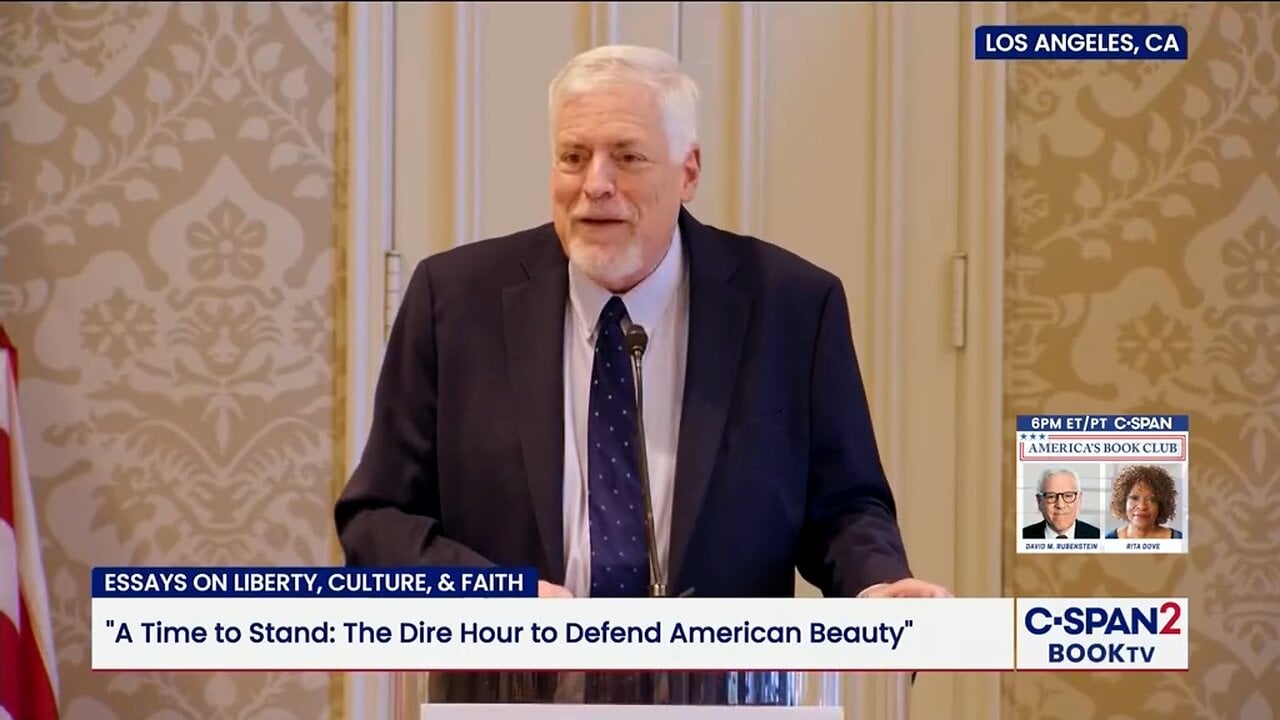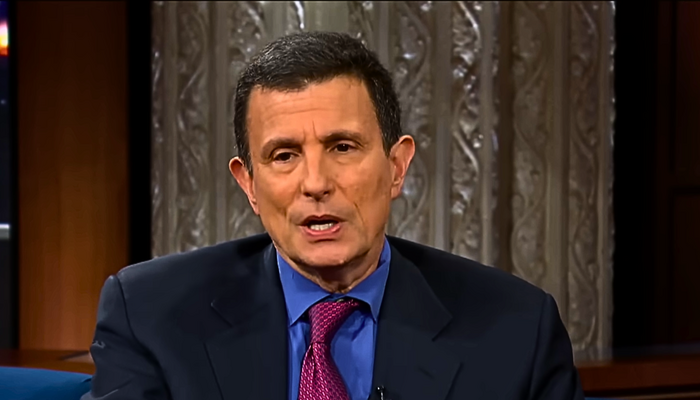
www.dogingtonpost.com
How to Choose the Best Kidney Care Dog Food for Your Pet
Kidney disease affects roughly 10% of dogs at some point in their lives, and nutrition plays a vital role in managing the condition. The right kidney care dog food can slow disease progression and improve your dog’s quality of life significantly.
At DogingtonPost, we’ve created this guide to help you navigate the complex world of kidney-friendly nutrition. You’ll learn what nutrients matter most, how to read labels correctly, and when to involve your veterinarian in dietary decisions.
What Causes Kidney Disease in Dogs and How It Changes Their Nutritional Needs
Common Causes and Risk Factors
Kidney disease in dogs develops gradually, and understanding what triggers it helps you make better dietary choices early on. Older dogs face higher risk, but kidney problems also stem from chronic high blood pressure, urinary tract infections, certain medications, and genetic predisposition in breeds like Cocker Spaniels and Bull Terriers. Some dogs develop kidney issues after consuming foods with excessive sodium or phosphorus over years, which is why diet matters both for prevention and management.
Signs Your Dog May Have Kidney Disease
You’ll notice signs like increased thirst and urination, weight loss, poor appetite, vomiting, and bad breath that smells like ammonia. These symptoms appear because failing kidneys can’t filter waste effectively, allowing toxins to build up in your dog’s bloodstream. About 1 in 10 dogs will experience kidney disease during their lifetime, making this a condition many dog owners eventually face.
How Kidney Disease Shifts Nutritional Requirements
The moment your veterinarian diagnoses kidney disease, your dog’s nutritional requirements shift dramatically from a standard diet. Healthy dogs can tolerate higher protein levels without problems, but dogs with kidney disease need their protein carefully controlled because damaged kidneys struggle to process excess amino acids. Phosphorus becomes the enemy in kidney disease since phosphorus buildup accelerates kidney damage and weakens bones. Research shows that lower phosphorus intake helps slow disease progression, which is why prescription kidney diets target phosphorus levels between 0.5 and 0.8 grams per 1000 calories.
The Role of Sodium, Hydration, and Omega-3s
Sodium restriction also matters significantly because excessive sodium increases dehydration risk in kidney patients and elevates blood pressure, creating a vicious cycle of worsening kidney function. Your dog also needs higher moisture content in their food because hydration supports kidney filtration and reduces the organ’s workload. Wet foods typically contain 70 to 80 percent water, making them superior to dry kibble for kidney patients. Omega-3 fatty acids from fish oil reduce kidney inflammation and slow disease progression, so quality kidney diets include meaningful amounts of EPA and DHA.
Precision Over Restriction
The nutritional shift isn’t about restriction alone-it’s about precision. Your dog still needs complete, balanced nutrition with high-quality, easily digestible proteins that supply essential amino acids without overwhelming damaged kidneys. Understanding these nutritional foundations prepares you to evaluate specific kidney care products and work with your veterinarian to select the right food for your dog’s stage of kidney disease.
What Nutrients Your Dog Actually Needs in Kidney Care Food
Protein Quality Over Protein Quantity
Protein quality matters far more than protein quantity in kidney diets, and this distinction separates effective formulations from mediocre ones. Your dog needs highly digestible proteins that supply essential amino acids without overwhelming damaged kidneys, which means choosing foods with specific protein sources rather than generic meat meals. Hill’s Prescription Diet k/d Kidney Care, Purina Pro Plan Veterinary Diets NF Kidney Function, and Royal Canin Veterinary Diet Adult Renal Support all target protein levels on a dry matter basis depending on your dog’s disease stage, hitting the sweet spot where muscles stay strong but kidneys don’t struggle.
Novel proteins like kangaroo, rabbit, and white fish work particularly well because dogs often tolerate them better than chicken or beef, and damaged kidneys process them more easily. Plant-based proteins are generally lower in phosphorus than animal-based proteins, which gives you another reason to examine ingredient lists closely rather than assuming any high-protein label means quality nutrition.
Phosphorus Control Separates Good Kidney Diets From Wasted Money
Phosphorus control separates good kidney diets from wasted money because research shows lower phosphorus intake directly slows kidney disease progression and weakens the vicious cycle of bone loss. Quality kidney diets target phosphorus levels that support kidney function, and this precision matters because even slightly elevated phosphorus accelerates damage. Sodium restriction also deserves attention since excessive sodium increases dehydration risk and elevates blood pressure simultaneously, creating compounding kidney stress.
Try sodium levels between 0.4 and 1.2 grams per 1000 calories depending on your dog’s disease stage. Wet foods are genuinely superior here because they contain 70 to 80 percent water content compared to dry kibble, which means your dog stays better hydrated and their kidneys face reduced filtering burden. Adding water to dry kibble or choosing canned formulations gives your dog the hydration support they need without forcing you to abandon all dry food options.
Omega-3 Fatty Acids and Inflammation Control
Omega-3 fatty acids reduce kidney inflammation and slow disease progression, making them non-negotiable in quality kidney diets. Try EPA and DHA levels between 0.4 and 1.2 grams per 1000 calories for meaningful anti-inflammatory support. Antioxidants and fermentable fiber also support kidney health by helping manage waste products more effectively, though these matter less than the core nutrients.
The goal isn’t perfection across dozens of nutrients but rather hitting specific targets for protein quality, phosphorus, sodium, moisture content, and omega-3s while maintaining complete and balanced nutrition for your dog’s specific disease stage. With these nutritional foundations in mind, you’re ready to evaluate actual kidney care products and learn how to read labels that reveal whether a food truly meets these standards or simply markets itself as kidney-friendly without delivering the nutrients your dog needs.
Selecting the Right Kidney Diet for Your Dog
Reading Labels and Understanding Phosphorus Targets
Ingredient labels on kidney care foods reveal whether manufacturers actually deliver on their promises or simply market generic formulations with kidney-friendly claims. Start with the guaranteed analysis section, which shows protein, fat, fiber, and ash percentages on an as-fed basis. Convert these to dry matter values by dividing each percentage by the food’s dry matter content, then compare against your veterinarian’s targets for your dog’s specific disease stage. A food claiming to be kidney-friendly but listing phosphorus above 0.8 grams per 1000 calories fails to meet evidence-based standards, regardless of marketing language. Avoid budget brands that use preservatives, artificial flavors, and fillers, since these stress damaged kidneys unnecessarily.
Choosing Quality Protein Sources
Named protein sources like kangaroo, rabbit, white fish, or turkey indicate higher digestibility and better amino acid profiles for damaged kidneys compared to generic meat meals. Novel proteins work particularly well because dogs often tolerate them better than chicken or beef, and damaged kidneys process them more easily. Hill’s Prescription Diet k/d Kidney Care, Purina Pro Plan Veterinary Diets NF Kidney Function, and Royal Canin Veterinary Diet Adult Renal Support all publish complete nutritional information on their websites, making label comparison straightforward. These prescription formulations target protein levels on a dry matter basis that hit the sweet spot where muscles stay strong but kidneys don’t struggle.
Prioritizing Hydration Through Food Selection
Wet foods deserve preference because their 70 to 80 percent water content automatically supports hydration better than dry kibble, though you can add water to dry formulations if your dog prefers that texture. Sodium levels restricted in renal diets help prevent dehydration risk and blood pressure elevation simultaneously. Higher moisture content reduces your dog’s kidney filtering burden over time, making wet formulations genuinely superior for kidney patients despite higher upfront costs.
Managing the Transition Process
Your veterinarian should guide the transition process because individual dogs respond differently to dietary changes, and kidney disease progression affects how strict restrictions need to be. A gradual two-week transition starting with 5 percent new food and increasing by roughly 10 to 20 percent every two days minimizes nausea and feeding aversion that often accompanies kidney disease. If your dog refuses the new diet after two weeks, ask your veterinarian about toppers like FortiFlora or low-sodium broth, nausea-reducing medications, or alternative kidney formulations before assuming your dog won’t accept therapeutic nutrition.
Monitoring Your Dog’s Response and Adjusting
Blood work showing kidney values like BUN, creatinine, and phosphorus levels should inform how aggressively you restrict nutrients, since early kidney disease sometimes tolerates higher protein than advanced stages. Monitor appetite, hydration, weight, vomiting, and diarrhea closely during and after transition, reporting any concerning changes immediately rather than waiting for your next scheduled visit. If your dog loses significant weight or stops eating despite trying multiple strategies, discuss feeding tubes or prescription appetite stimulants with your veterinarian, since maintaining nutrition matters more than achieving perfect dietary restrictions.
Final Thoughts
Choosing the right kidney care dog food requires understanding your dog’s specific disease stage, reading labels carefully, and working closely with your veterinarian to monitor progress. The foundation rests on three pillars: controlled phosphorus levels that slow disease progression, high-quality digestible proteins that maintain muscle without overwhelming damaged kidneys, and adequate hydration through moisture-rich foods. Omega-3 fatty acids reduce inflammation while sodium restriction prevents dehydration and blood pressure complications.
Schedule a conversation with your veterinarian about your dog’s kidney values and disease stage, since early-stage kidney disease sometimes tolerates higher protein than advanced stages. Ask your vet for specific phosphorus, protein, and sodium targets tailored to your dog’s condition rather than applying generic kidney diet guidelines. Request recommendations for prescription formulations like Hill’s Prescription Diet k/d, Purina Pro Plan Veterinary Diets NF, or Royal Canin Renal Support, all of which publish complete nutritional information online for easy comparison.
Regular monitoring separates dogs that thrive on kidney care dog food from those that decline despite dietary changes. Blood work showing BUN, creatinine, and phosphorus levels should guide how strictly you restrict nutrients as your dog’s kidney function changes. Many dogs live significantly longer on properly formulated kidney diets than on regular dog food, and DogingtonPost provides practical care tips and expert advice to support responsible dog ownership throughout your dog’s kidney health journey.

















